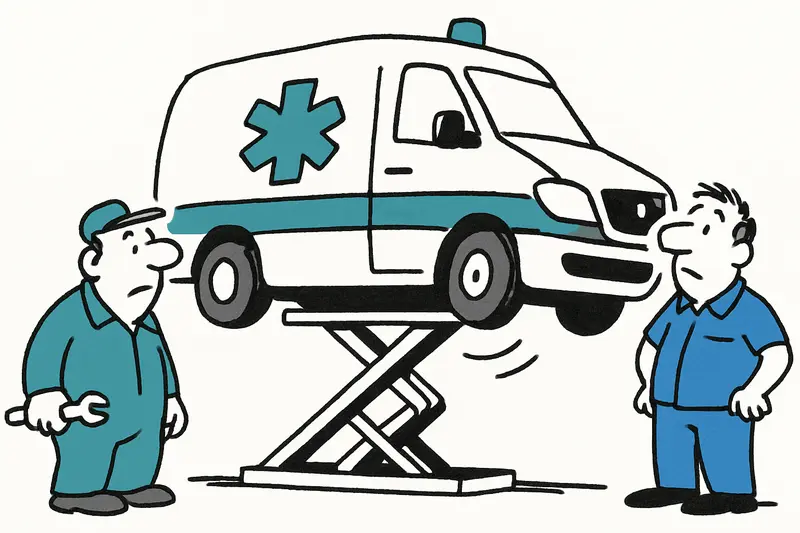Because they exceed the allowed weight, 55 patient transport vehicles on Mallorca must go to the workshop—a temporary intervention until the drivers obtain new licenses.
Too heavy on the scale: Why today 55 ambulances are in the workshop
\nEarly in the morning, around 8:30 a.m., the first vehicles rolled into a hall on the outskirts — not because of an accident, but simply because they are too heavy. The Balearic Health Authority confirmed: 55 patient transport vehicles of the new 061 fleet exceed the legal limit of 3,500 kilograms. And that means: nobody with a regular car driver's license will be allowed to drive them in the future.
\nWhat exactly happens in the workshop?
\nIn small teams, additional components such as hydraulic lifts, reinforcements, and some comfort modules are being carefully removed. The idea is pragmatic: remove material so that the empty weight drops below the limit again. More than a temporary fix, but targeted and measured. Technicians report that the work per vehicle takes several hours — depending on how many extras were installed.
\nOnly patient transport, not emergency vehicles
\nImportant to know: affected are the patient transport vehicles, i.e., the vehicles that bring patients to appointments or between clinics. The fast ambulances for emergency responses remain untouched and continue to be ready for use. That brings some relief to the control centers, which had already prepared precautionary plans weeks ago.
\nThe authorities call this approach a transitional solution. As soon as the drivers hold the required driving license class C1, the removed parts should be reinstalled. In practice this means: first modify, then — after inspection and training — revert the removal. The training burden lies with the Balearic Employment Service SOIB; plans for courses and driving hours are already underway there.
\nWhat does this mean for daily life?
\nFor patients, almost nothing changes. Appointments continue to be kept; there are only on a few days slight delays, say incident commanders. For drivers, the reorganization means more bureaucracy and learning burden: those who regularly drive such vehicles will need a special class in the future — or switch to modified, lighter vehicles.
\nIn the end, it is a mix of technical annoyance and sober problem-solving. Whether manufacturers will consider higher tolerances in the future remains to be seen. Until then, on Mallorca you see workshop teams quietly working — and drivers signing up for the next exam.
Similar News
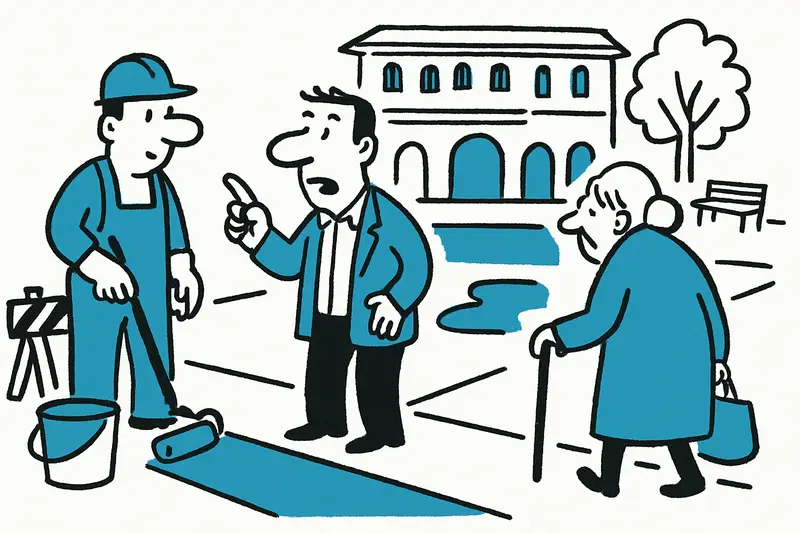
Renovation of Plaza del Mercat in Palma: What Residents and Visitors Can Expect
The city of Palma has given the green light for redesigning Plaza del Mercat and Calle Unió. Start of construction: mid-...
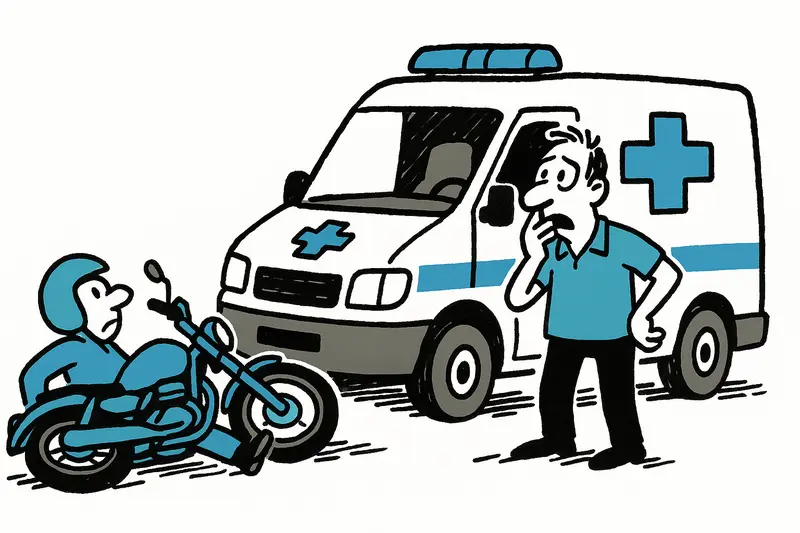
Motorcyclist Dies After Collision With Private Ambulance in Son Castelló
A 66-year-old motorcyclist died yesterday in an accident in the Son Castelló industrial estate. The driver of the privat...
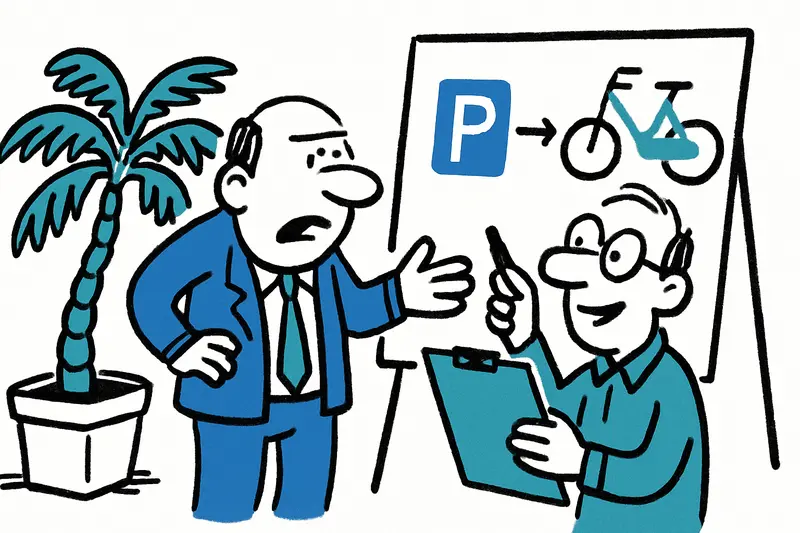
Palma Plans More Parking Spaces and 230 E-Bikes for 2026
The city of Palma plans to invest increased budget revenues in new parking spaces, modernization, and 230 E-Bikes. What ...
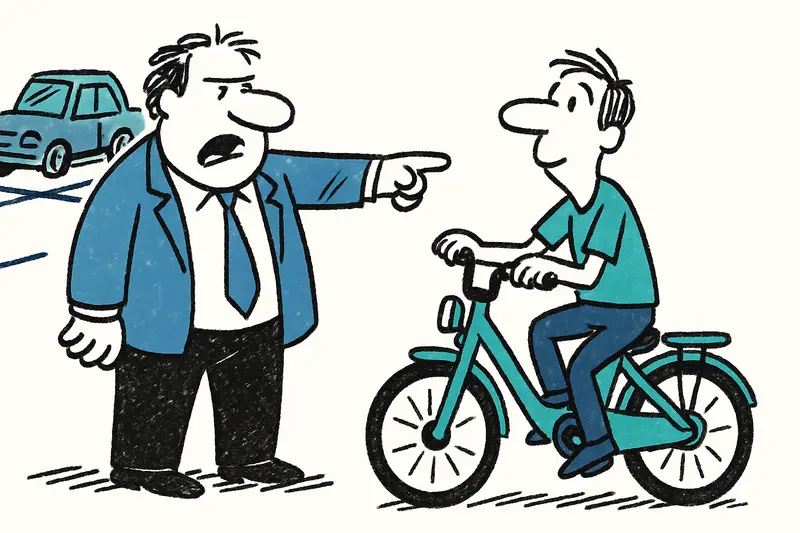
Palma bets on parking spaces and e-bikes: What is planned for 2026
The city of Palma plans for 2026 to add new parking spaces and expand BiciPalma: 23 stations and 230 e-bikes are planned...
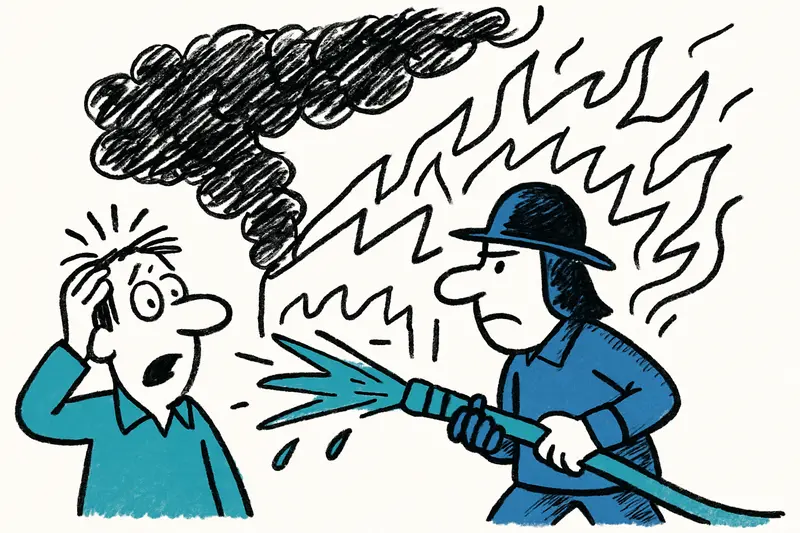
Fire in the Son Castelló Industrial Park: Bakery Hall in Flames
In the evening, a hall of a large bakery in Palma's Son Castelló industrial area was struck by a major fire. Thick smoke...
More to explore
Discover more interesting content

Experience Mallorca's Best Beaches and Coves with SUP and Snorkeling

Spanish Cooking Workshop in Mallorca

